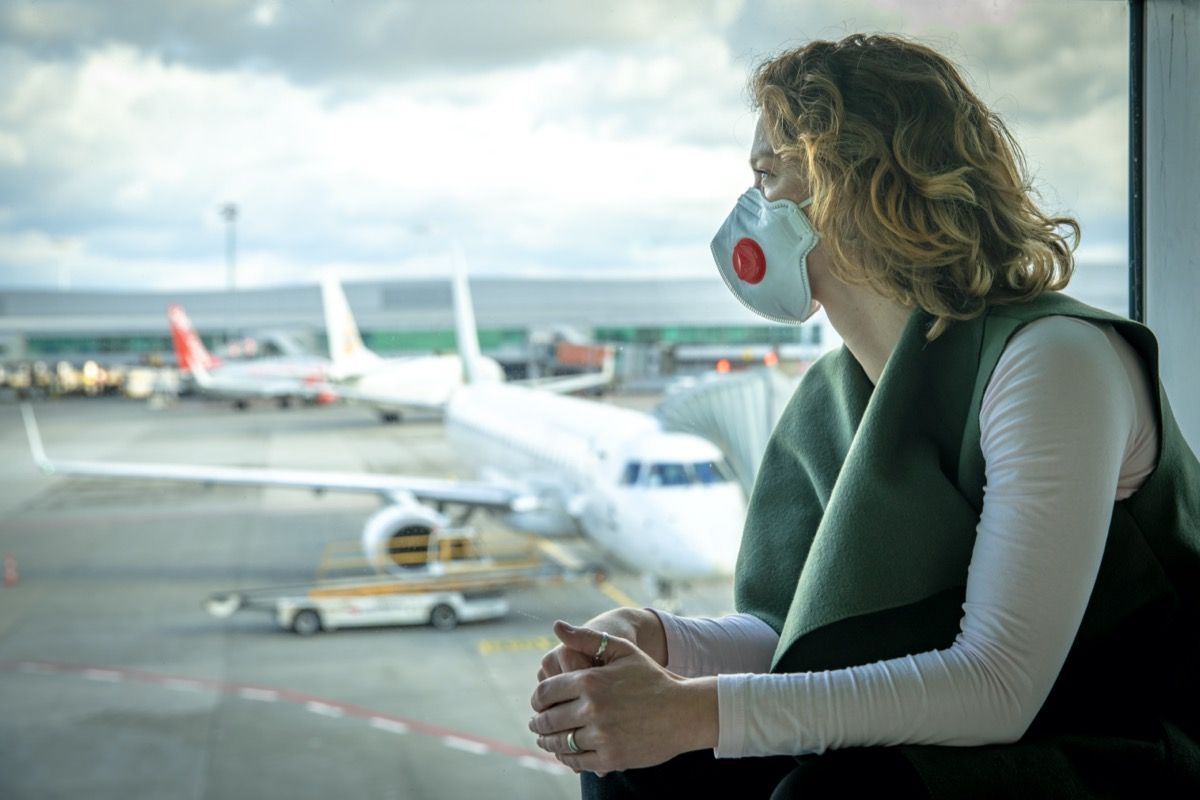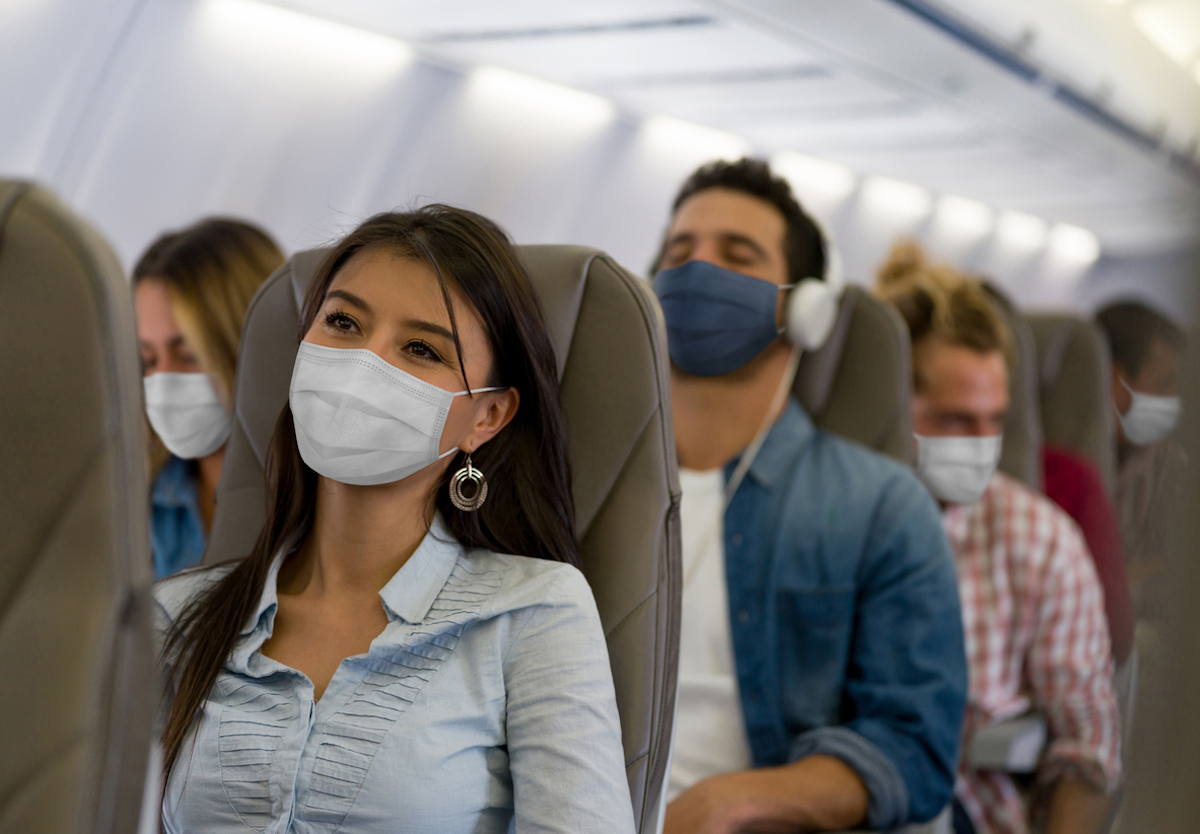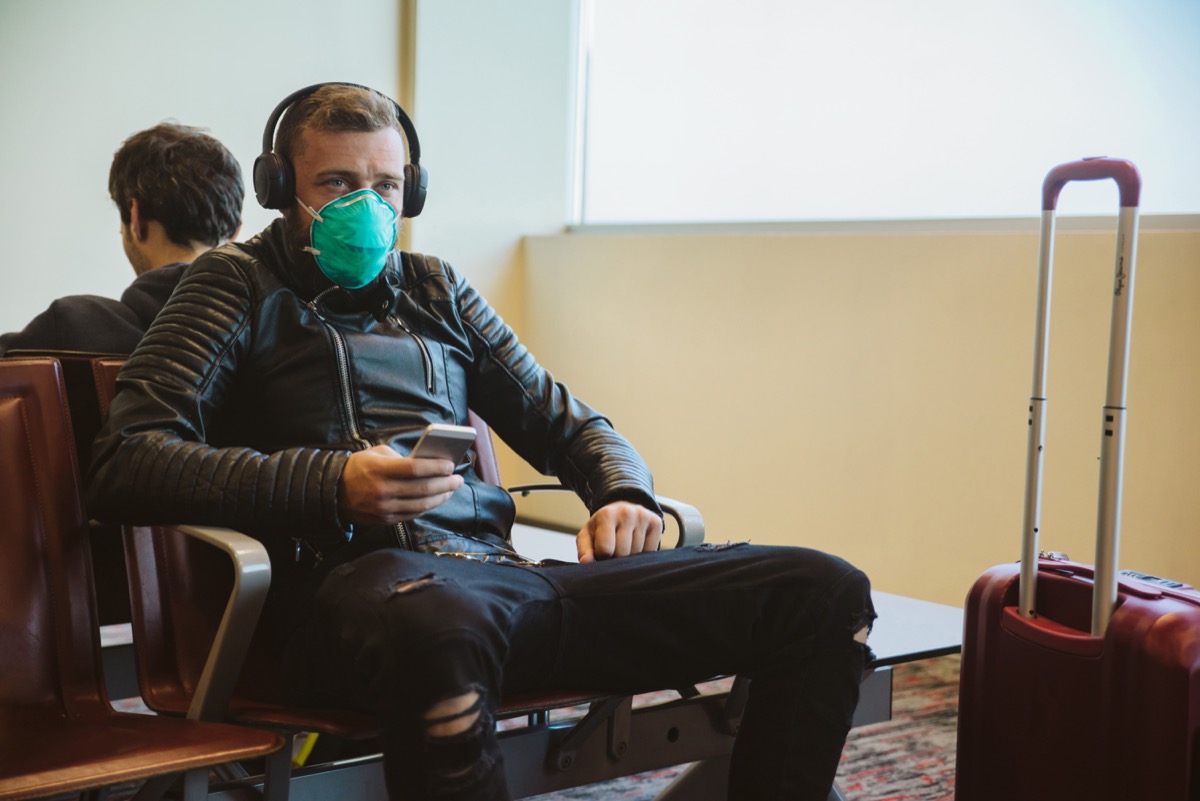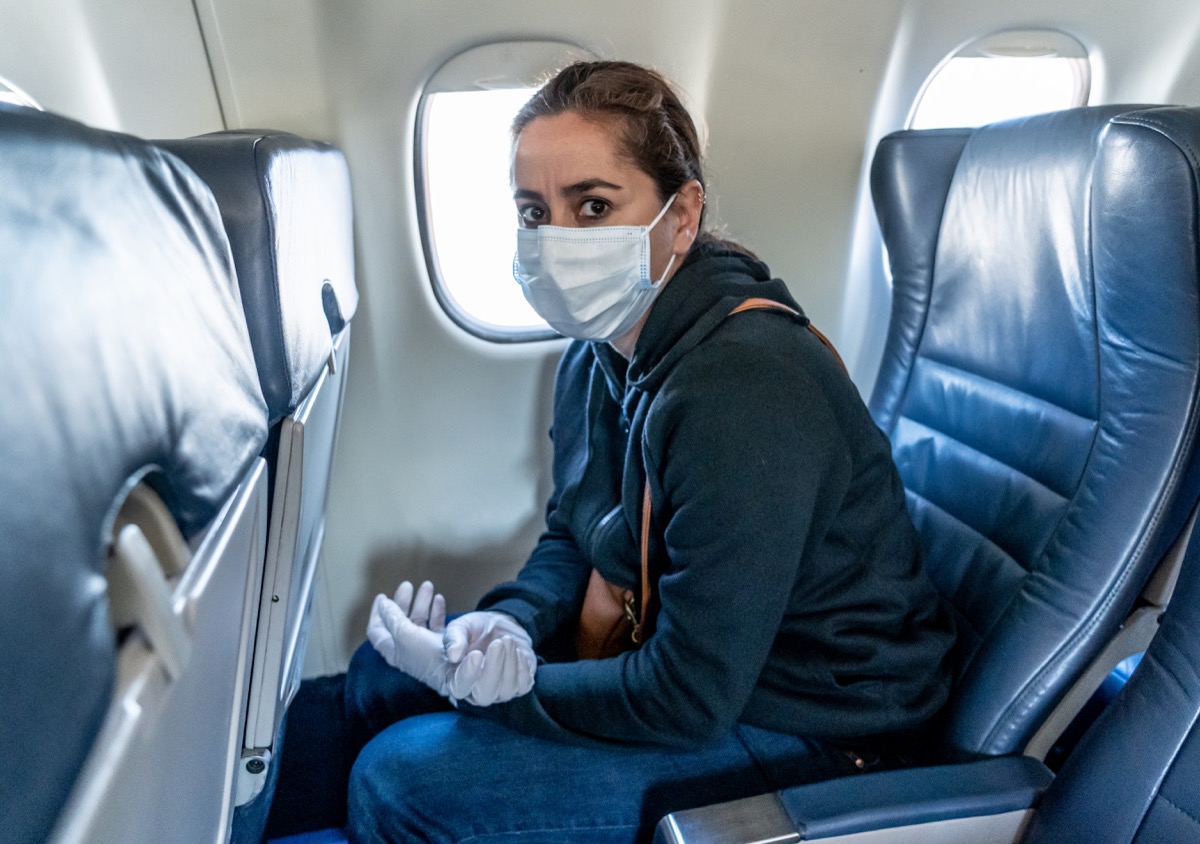The study, funded by Airlines for America (a consortium of aircraft and equipment manufacturers and airport operators that includes American Airlines, United Airlines, Delta Air Lines and others), was performed by researchers among the Aviation Public Health Initiative team at the Harvard School of Public Health. After looking into the issue, they found that “there has been little evidence to date of onboard disease transmission,” according to Reuters. The researchers noted that, despite public concern about the cleanliness of the air you breathe while on a plane, existing aircraft ventilation systems refresh cabin air every two to three minutes and remove more than 99 percent of the particles that could cause COVID-19. (For context, that’s around five to six times faster than air is circulated in hospital operating rooms.) And for more on how you can stay safe, check out This One Thing Is Better at Protecting You From COVID Than Your Mask. Specifically, the Harvard researchers determined that transmission risks can be “reduced to very low levels through the combination of layered infection control measures.” This is an important caveat, because the risk only remains low as long as airlines and passengers adhere to a raft of safety measures: the mandated wearing of masks, boosted cleaning of planes, and boarding procedures to avoid queues and bottlenecks. And for more on where you should be wearing a mask, check out The CDC Now Says You Should Wear Your Mask in These 7 Places. A similar recent study by the U.S. Defense Department—which United donated flight time to—determined that even if a sick passenger was in the seat next to you, there’s only a 0.003 percent chance of you getting infected, as long as you both wear masks. But that research has come under fire. And for the details, check out You Can Still Catch COVID in This “Safe” Place, WHO Warns. In response to the earlier Defense Department study, United Airlines chief customer officer Toby Enqvist declared, “Your chances of COVID exposure on a United aircraft are nearly nonexistent, even if your flight is full,” which resulted in the World Health Organization (WHO) clarifying that the risk does exist. “The fact that transmission is not widely documented in the published literature does not, however, mean it does not happen,” they told Reuters, pointing out at least two instances when in-flight transmission had occurred.ae0fcc31ae342fd3a1346ebb1f342fcb Of course, travelers should not be complacent. The Harvard report points out that there is a still a risk of passengers who are contagious but not showing any symptoms opting to fly and infecting others. And for more signs you could be sick, check out If You Have These 2 COVID Symptoms, You Could End Up in the Hospital.



